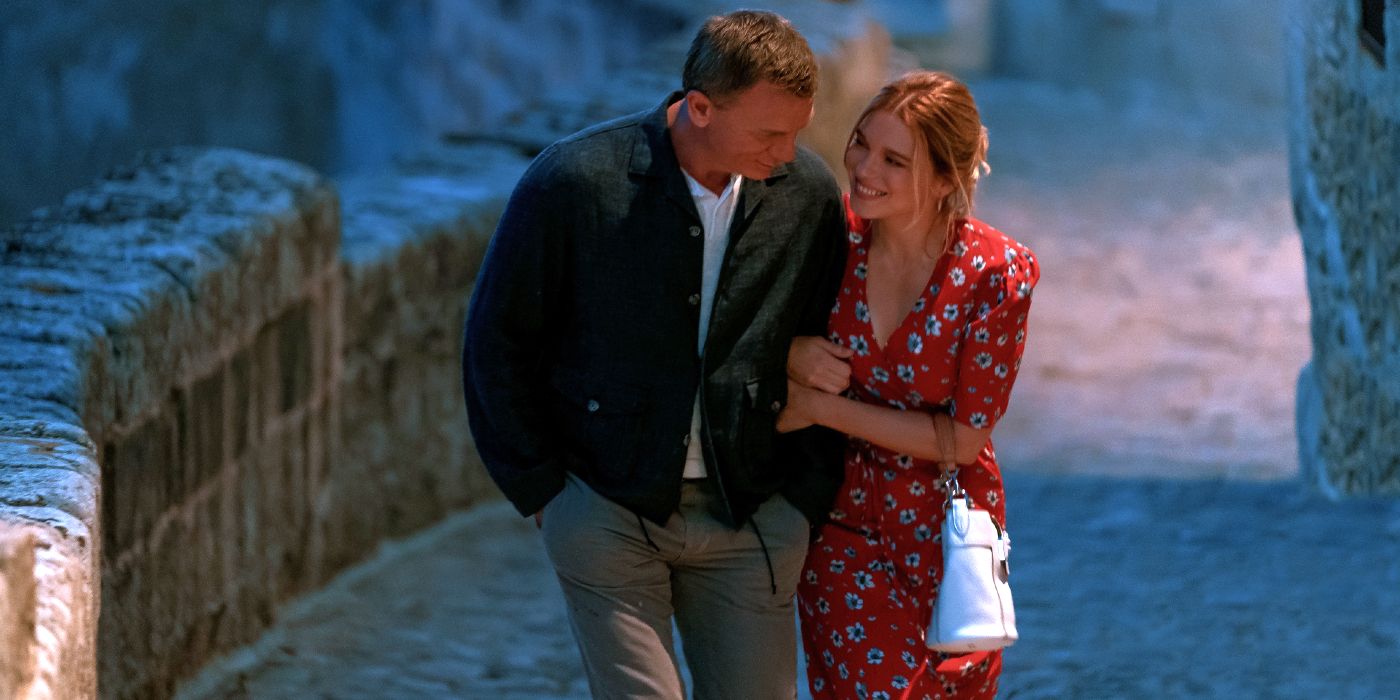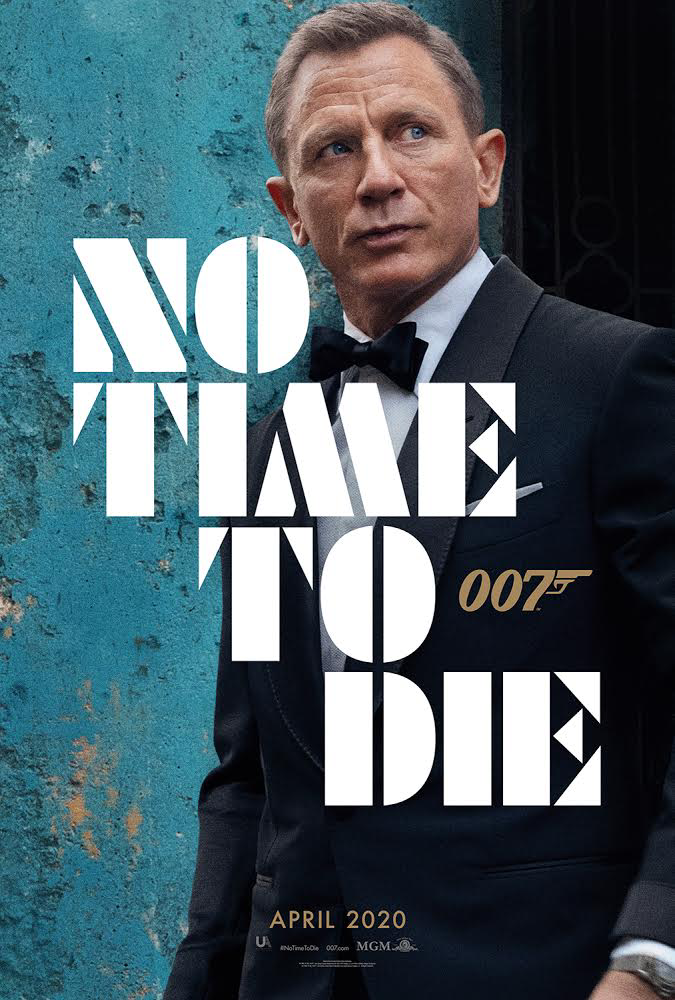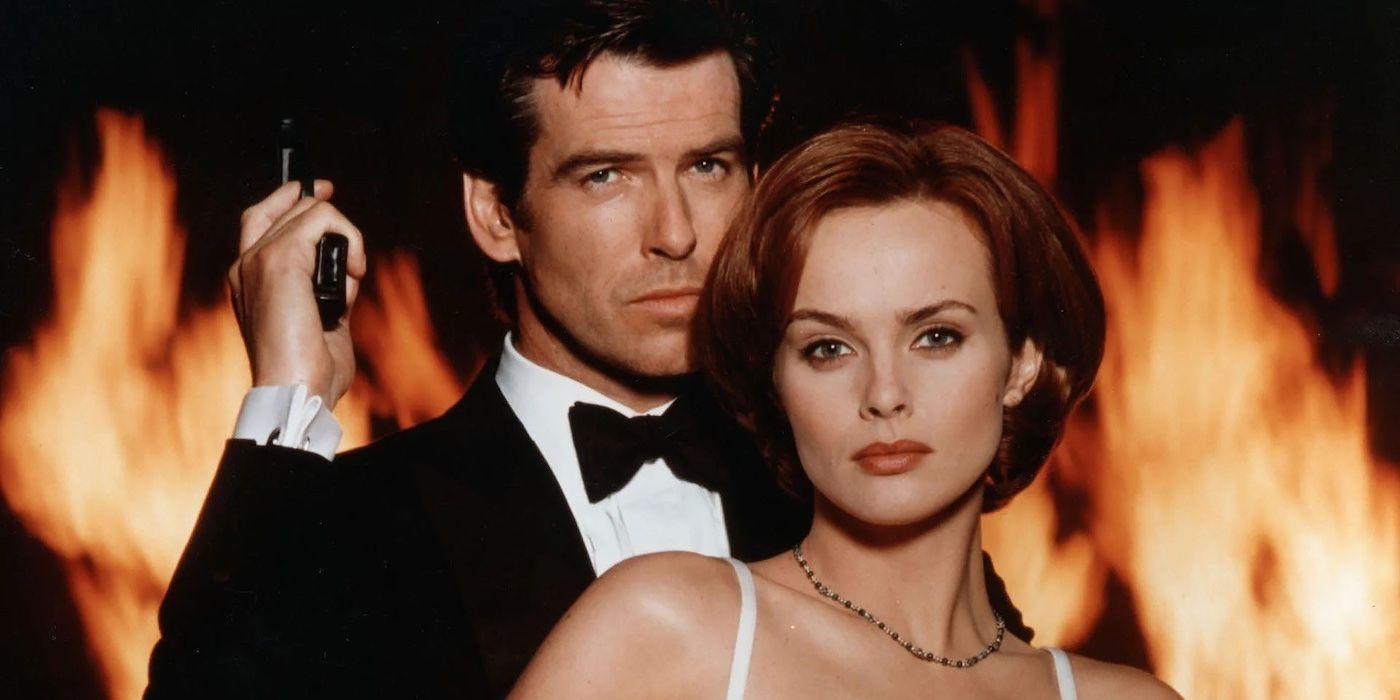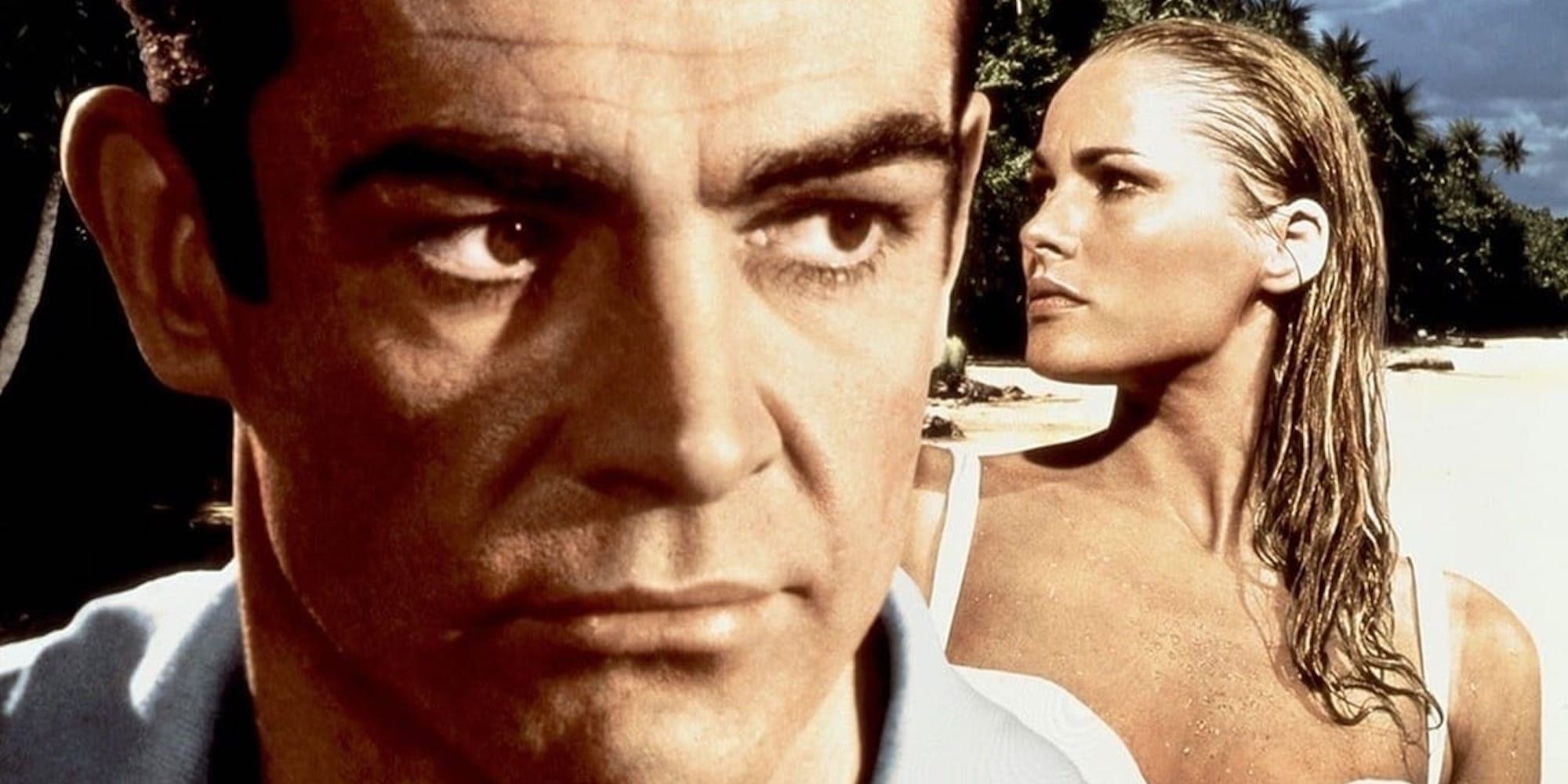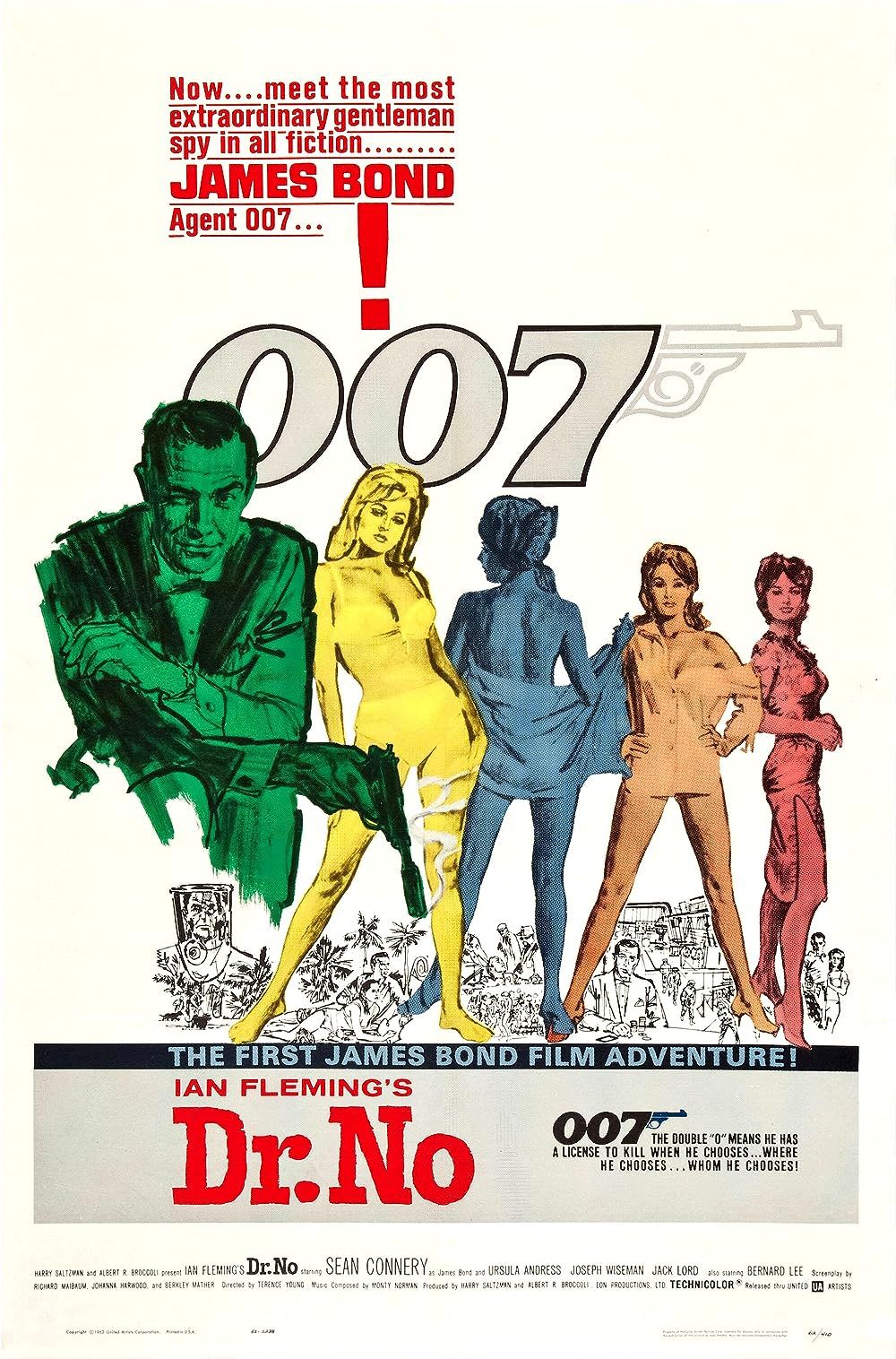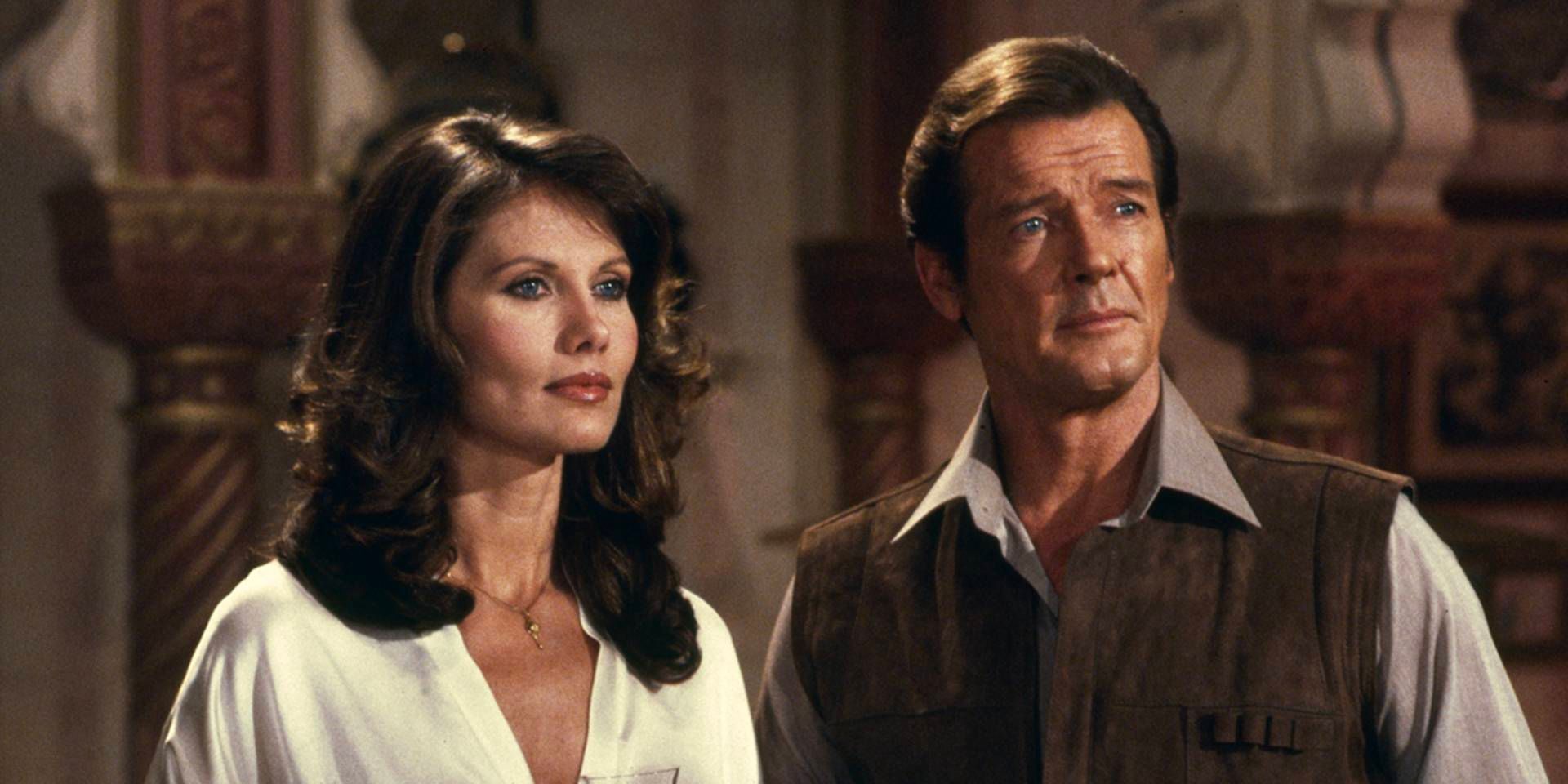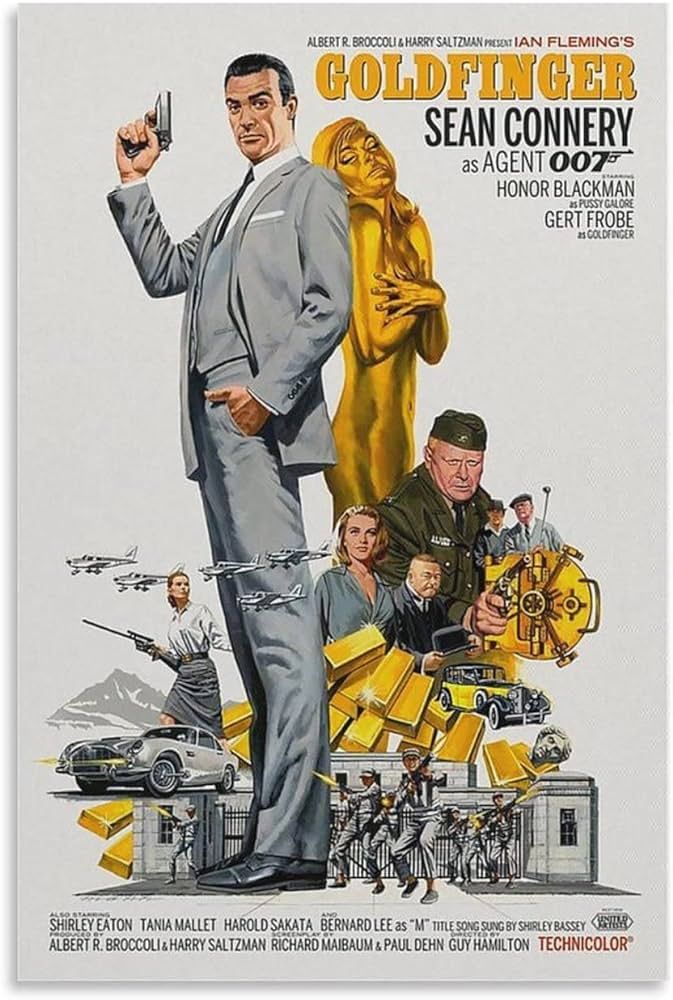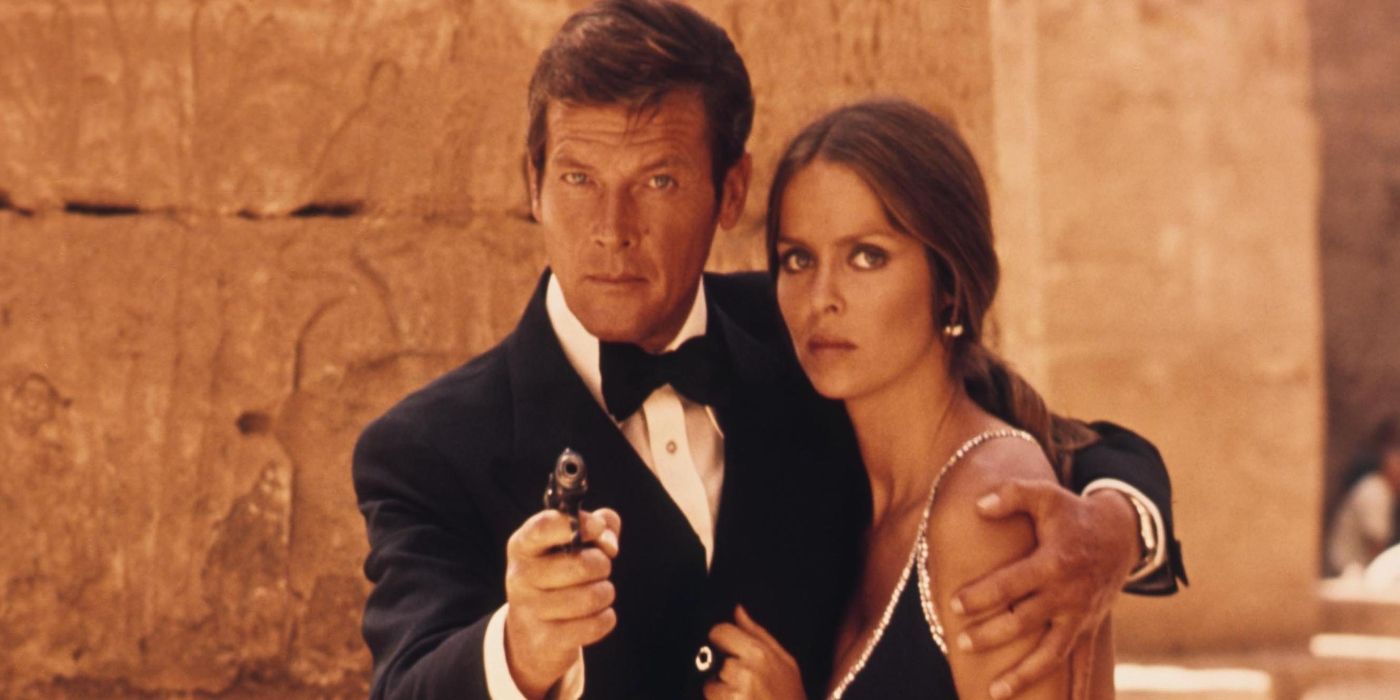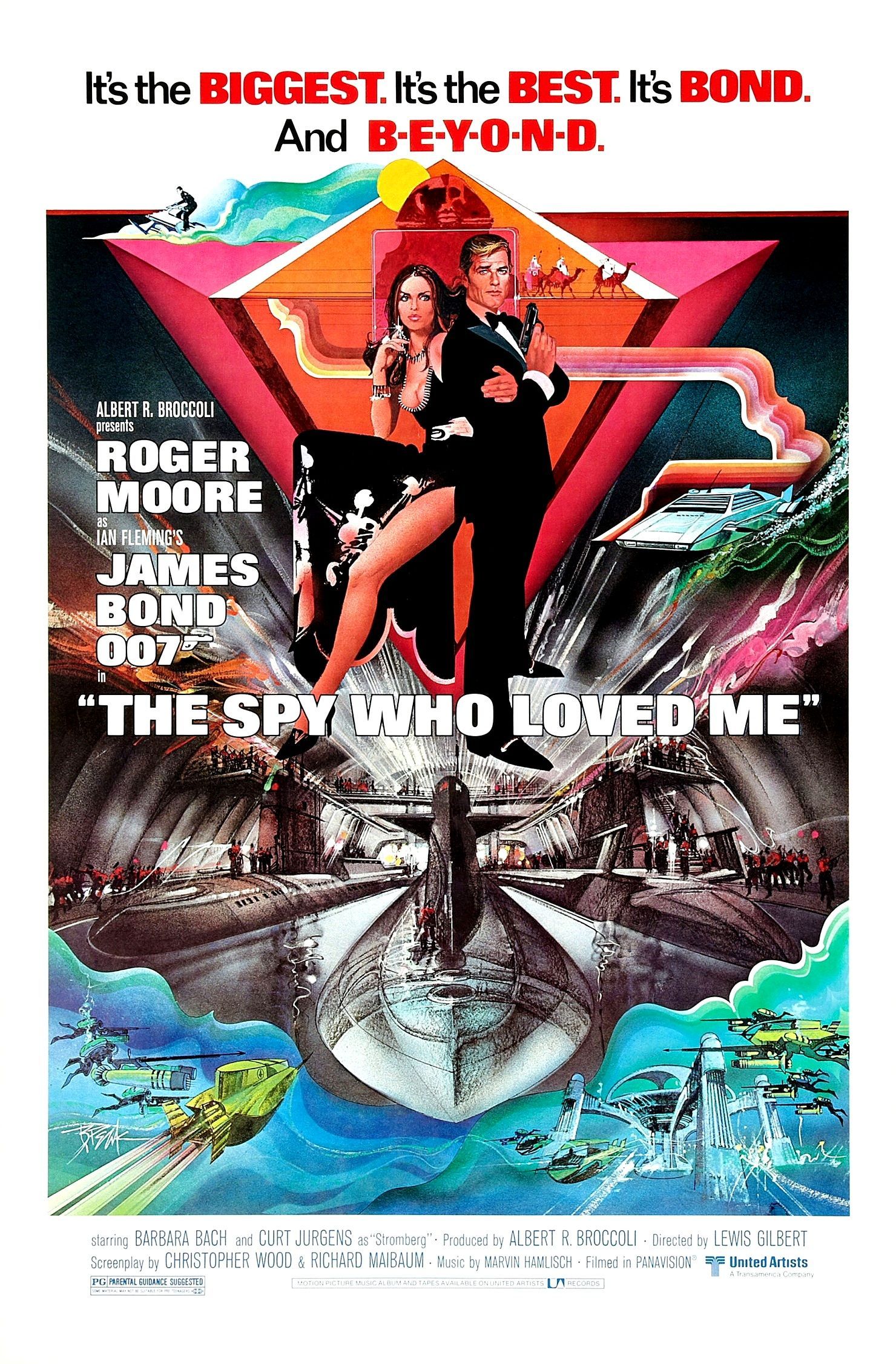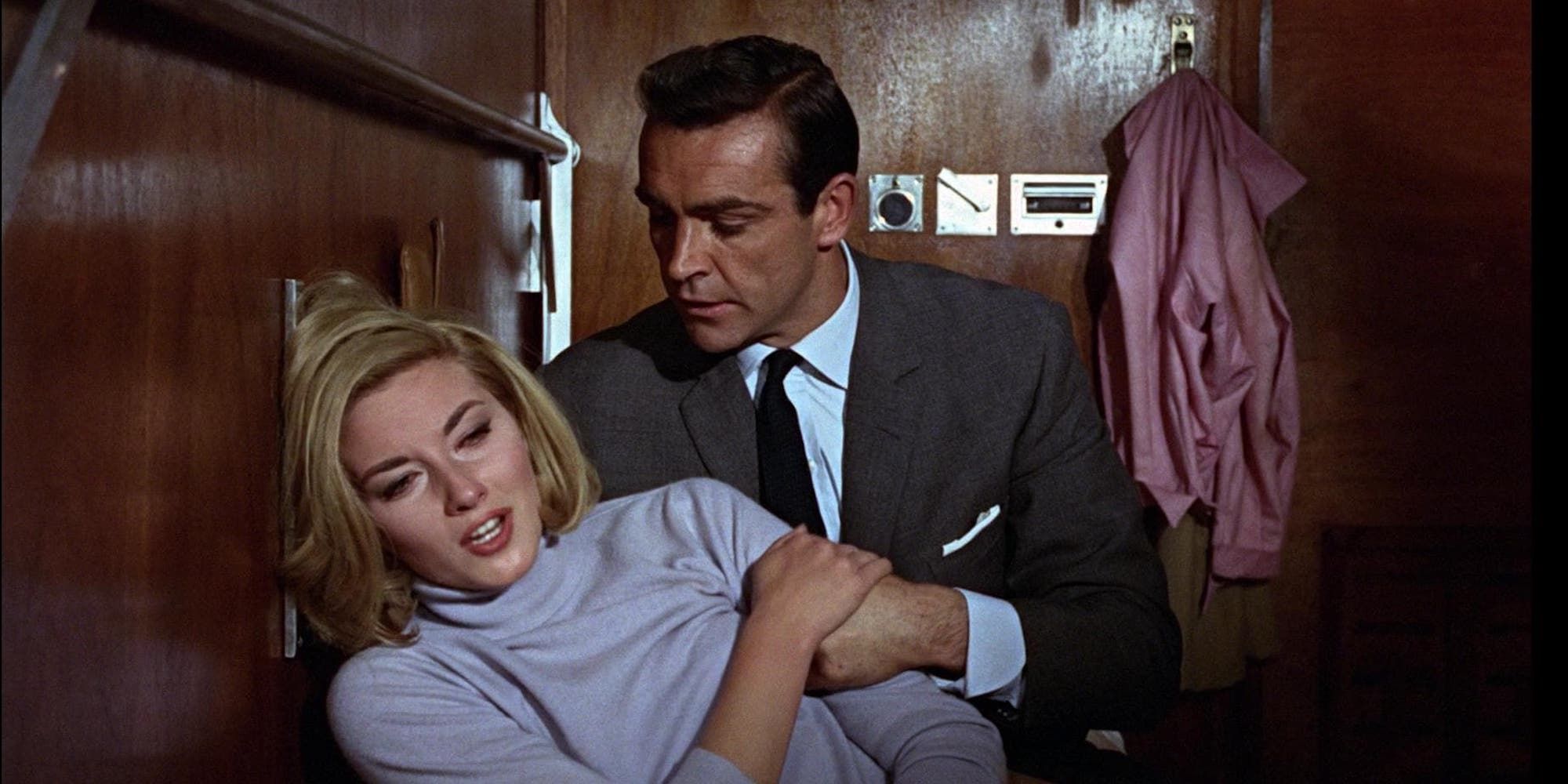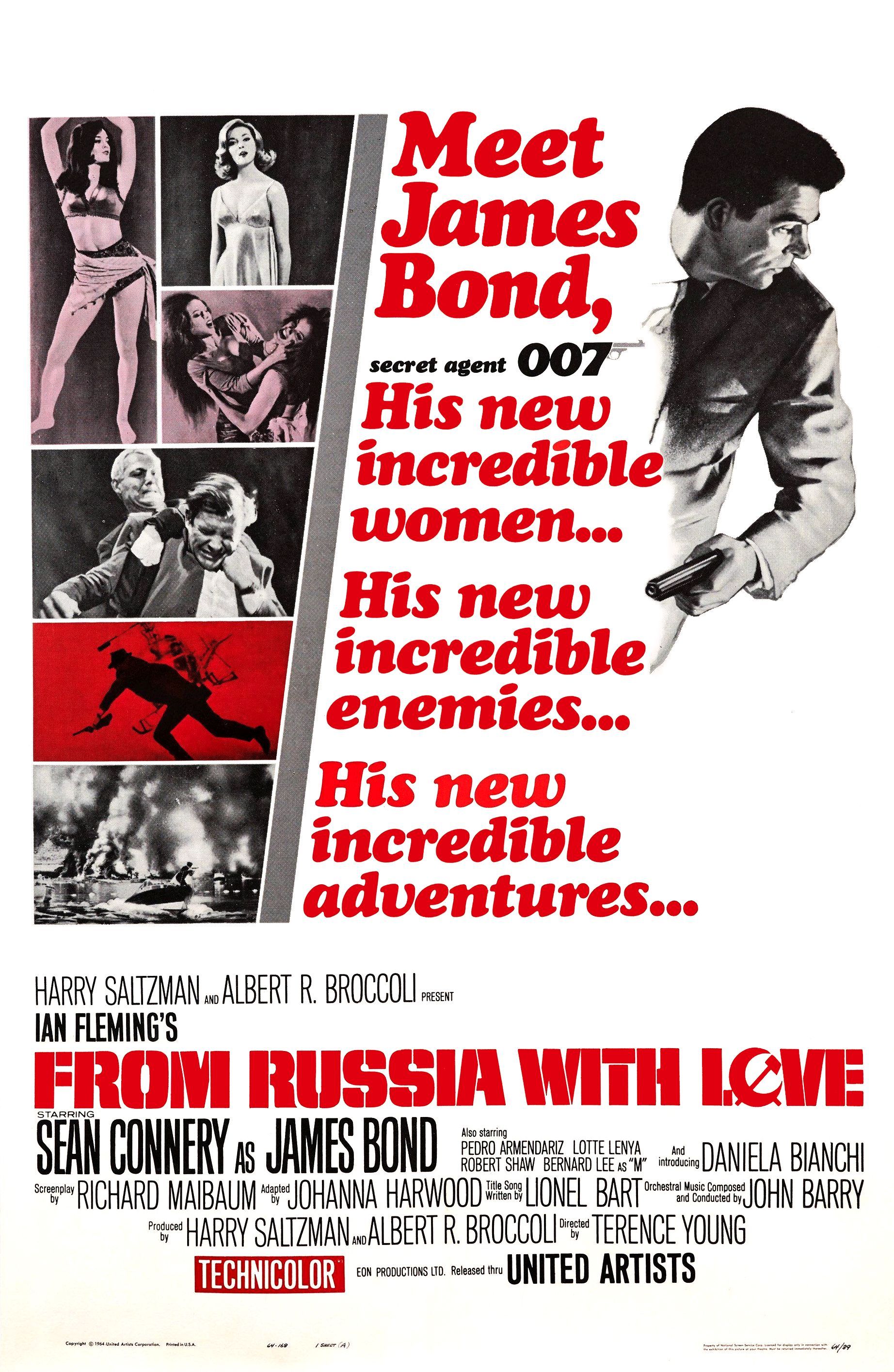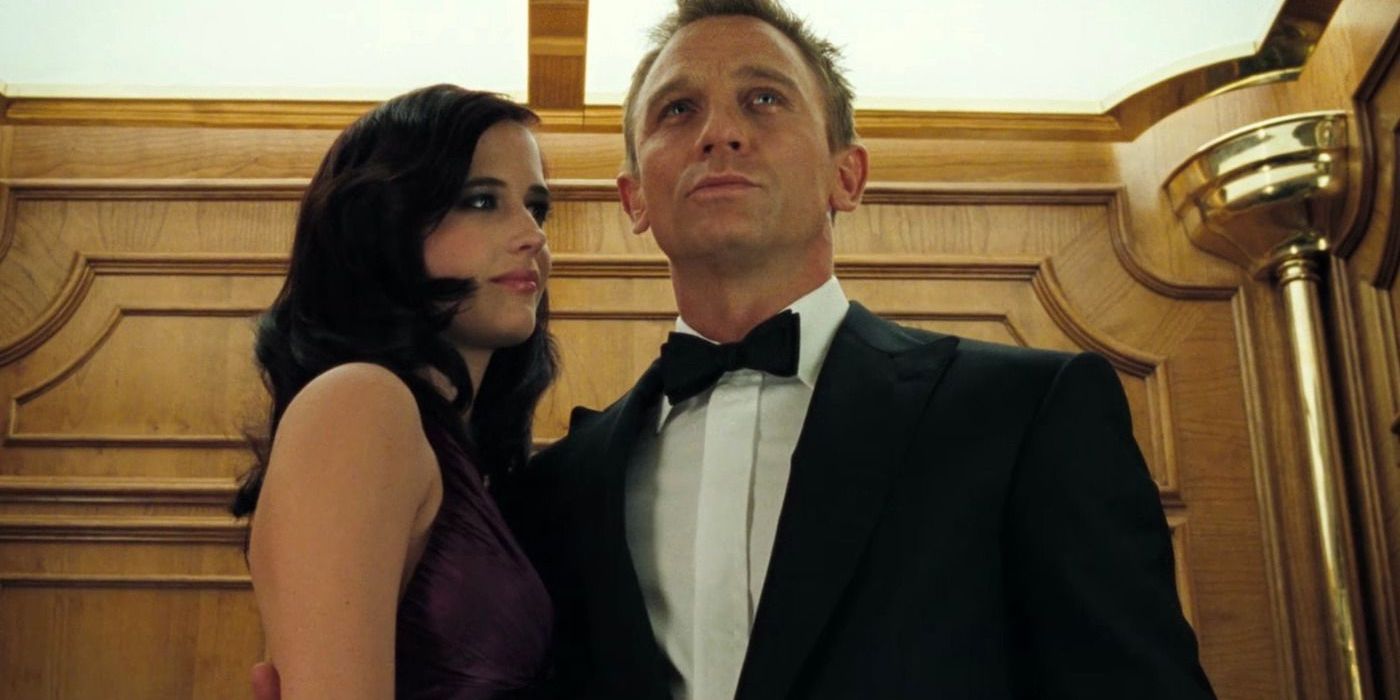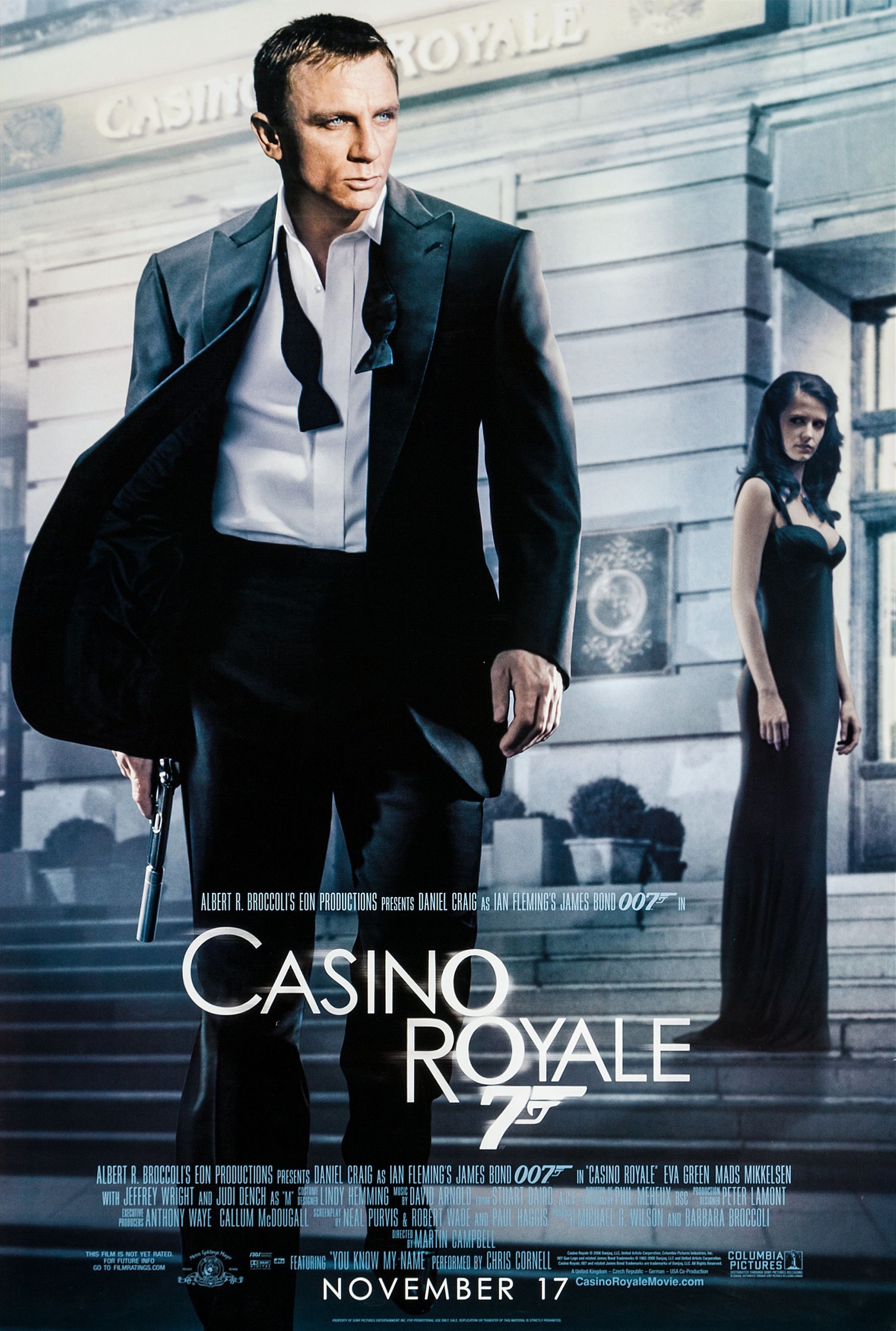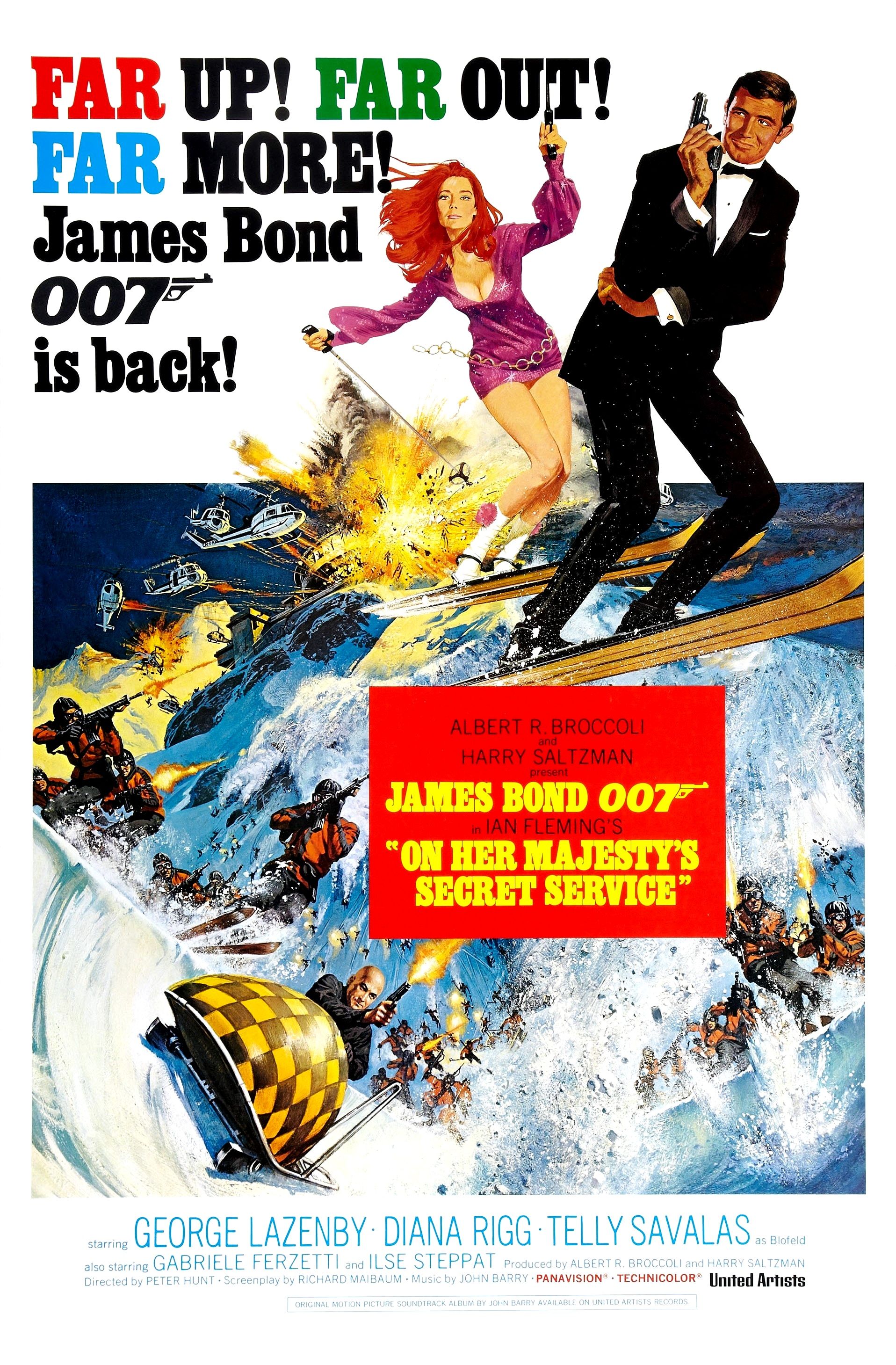Though the modern Daniel Craig era played with it a bit (and to mixed results, frankly), the James Bond movie formula has remained largely the same since the mid-’60s. Among the most crucial ingredients are the lethally suave British spy himself, action and stunt work that pushes the envelope, larger-than-life villains, signature wit and invention, globetrotting plots that are varying degrees of streamlined or convoluted as well as outlandish or gritty—and of course, there are the Bond women and their relationships with 007.
Bond Girls themselves have been the source of some controversy and reassessment over the years, some of it worthwhile, some of it rather misguided and unsubstantiated. As a franchise that’s run for over 60 years on the big screen (without ever truly dipping in relevance, for the record), Bond has had an astronomical amount of flings and romances, some of them more serious, consequential or at least more memorable than others. The following intends to highlight the Bond films with the most compelling romances. These are the best romantic subplots in the James Bond movies, ranked.
‘
10 James Bond and Pam Bouvier
‘Licence to Kill’ (1989)
Timothy Dalton is the most underrated of all Bond actors, the most like Fleming’s Bond in the books, and both of his entries are satisfying Bond adventures with fleshed-out characters. Though The Living Daylights very much hangs upon Bond’s often comic, rather sweet romance with cello player Kara Milovy (Maryam d’Abo), follow-up Licence to Kill (long underappreciated and re-assessed over time as one of the best in series) is a superior film with a more memorable Bond girl in Carey Lowell‘s witty, rough-around-the-edges Pam Bouvier.
A gruesome, mostly straightforward revenge yarn that pits an increasingly reckless Bond against drug lord Franz Sanchez (Robert Davi, the series’ scariest villain)Licence to Kill has a sense of menace that isn’t present anywhere else in the Bond canon, and Lowell, a fine comedienne who also appeared in Sleepless in Seattle and TV’s Law & Order, is just the right amount of comic relief without undermining the darkest of all Bond films. There’s also a genuinely interesting love triangle involving Talisa Soto‘s Lupe, Sanchez’s mistress, and it’s certainly worth noting, and surprising, that in such a violent Bond film (the content of Licence to Kill troubled both American and British censors, and the film exists in different cuts) that both Bond Girls survive.
9 James Bond and Madeleine Swann
‘No Time to Die’ (2021)
Considering the fact that the filmmakers clearly intended this to be the greatest love story ever told, or at least told within the Bond series since 1969 or 2006, it should have ranked higher on this list. Unfortunately, the love story of Daniel Craig‘s James Bond and Dr. Madeleine Swann (Léa Seydoux) was clumsy from the jump in Spectre, and only even registered in the following film thanks to the talents of the performers.
Bond is directed to Swann in Spectre following the death of her father, the ever-influential Craig-era villain Mr. White (Jesper Christensen). Toward the final act of Spectre, it’s downright jarring to hear Swann say “I love you,” because we just don’t buy it; the writing just wasn’t there. The chaotic opening act of No Time to Die fares a bit better because we spend more time just hanging out with the actors. Seydoux is one of the best actors living on this planet, capable of conveying more emotion with a gesture here and there than any of the (mostly rather clunky) dialogue in either picture. The downbeat (and worse, contrived) ending makes the love story here all just feel rather soggy in hindsight, but the performances, especially Seydoux’s, were above the material.
8 James Bond and Natalya Simonova
‘GoldenEye’ (1995)
After the relative box-office disappointment and unfairly tepid reviews for Licence to Kill, Bond disappeared from the big screen for six years. Pierce Brosnan‘s first outing, GoldenEye was a roaring return to form, pitting an energetic and evocative new Bond against a fallen comrade (Sean Bean) against the backdrop of the Cold War’s aftermath.
Natalya Simonova (Izabella Scorupco) is a plucky spitfire, the sole survivor of a rather brutal satellite control center massacre early on in the film. She’s aggressive and untrusting of Bond at first before his heroics ultimately, inevitably, win her over. Some of the best scenes in GoldenEye are quieter moments between the two, where Natalya challenges Bond’s code of ethics and his commitment to his occupation. GoldenEye never takes itself too seriously (looking at you, No Time to Die), but it’s fresh in its deconstruction, and even rather tender at times.
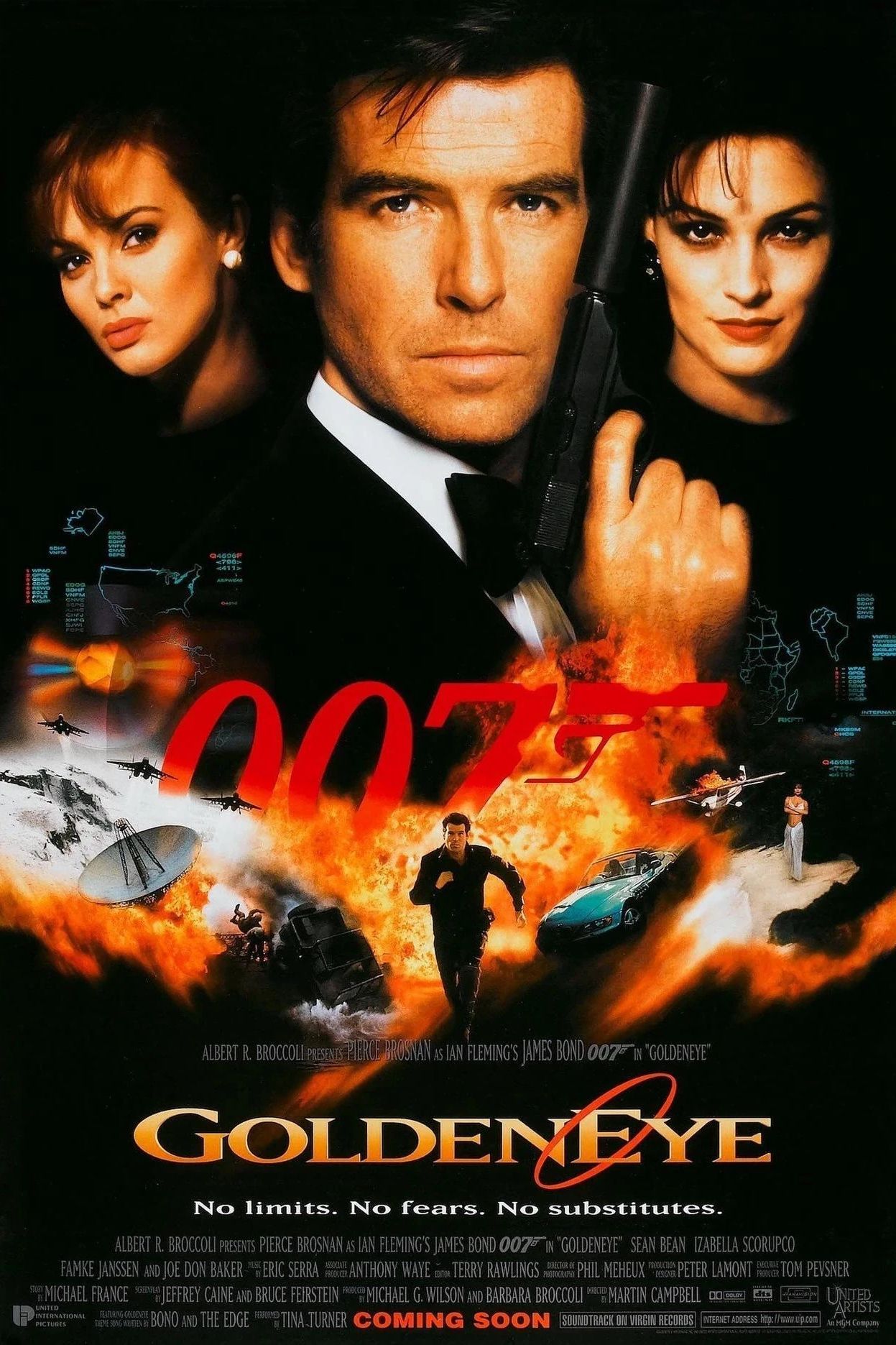
- Release Date
- November 16, 1995
- Runtime
- 130 minutes
- Writers
- Ian Fleming , Michael France , Jeffrey Caine , Bruce Feirstein
7 James Bond and Honey Ryder
‘Dr. No’ (1962)
Bond (Sean Connery)’s first film outing is such a low-key kind of affair that it might be tempting to understate how good and effective it is. The slow-burn, modestly-budgeted crime thriller sees 007 called upon to investigate a double murder, ultimately leading him to Jamaica’s Crab Key, where a diabolical genius (Joseph Wiseman) has designs on disrupting the U.S. space program.
Ursula Andress emerging from the sea, near the end of act two, is one of the most iconic moments in a movie, perhaps the absolute sexiest scene in film history. Especially considering their screen time together is so short, Bond and Ryder’s romance works really well. We buy the physical chemistry from the jump (how could you not with people who look like this?) and they both act courageously in the clutches of the intimidating Dr. No.
6 James Bond and Octopussy
‘Octopussy’ (1981)
Perhaps understandably with a title like Octopussy, Moore’s penultimate has always been one of the most underrated entries in the series. The India-set adventure features a lot of genuine wit and sex jokes galore, impressive vistas and some flat-out stunning stunt work (most notably the aerial sequences that bookend the picture). This is very possibly Moore’s second-finest outing apart from The Spy Who Loved Me.
Swedish actress Maud Adams returned to the series in the title role nine years after appearing in The Man With the Golden Gun, where she played the tragic Andrea Anders (to date, she’s the only actress to appear as two different Bond Girls). Adams is one of the most striking-looking people in a series full of striking-looking people, and a charming actress. Adams and Moore were a little closer in age than most of his other love interests (still, nearly two decades apart, to be clear), and the two also share a real chemistry. Octopussy is a smuggler with her own code of ethics. She’s really smart, with a maternal energy that pairs effortlessly with Moore’s warmer take on Bond. It’s easy to wish Moore’s run ended here rather than with the inferior A View to a Kill two years later. Octopussy and Moore’s Bond just work together.
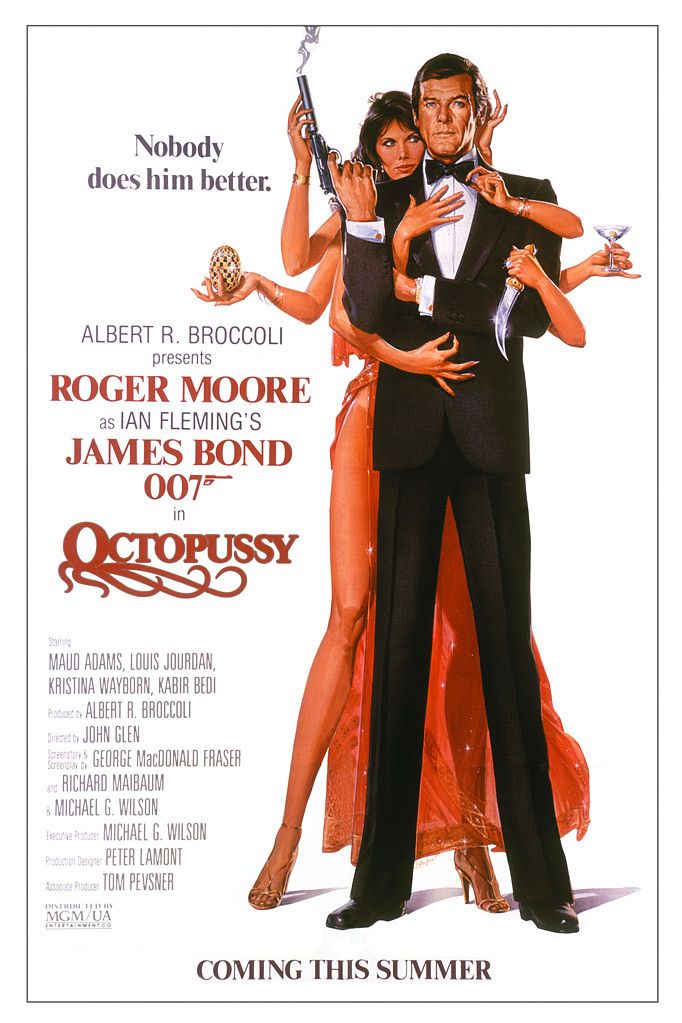
Octopussy
A jewel-encrusted Fabergé egg surfaces at a London auction, catching the attention of MI6. James Bond is dispatched to investigate its origins, leading him to the mysterious and opulent world of exiled Afghan prince, Kamal Khan, and his accomplice, the enigmatic and resourceful circus leader, Octopussy.
- Release Date
- June 10, 1983
- Director
- John Glen
- Cast
- Roger Moore , Maud Adams , Louis Jourdan , Kristina Wayborn , Kabir Bedi , Steven Berkoff
- Runtime
- 131 minutes
5 James Bond and Pussy Galore
‘Goldfinger’ (1964)
A full six decades later, Goldfinger remains the gold standard. The third Bond film fired on all cylinders and established the Bond formula that carried on for decades of box-office success and pop-culture prominence. Connery’s finest hour is a lean, darkly comic action thriller that pits Bond against Auric Goldfinger (Gert Fröbe, still arguably the best Bond villain performance ever), a madman planning to bomb Fort Knox, so his own gold supply will skyrocket in value.
After brief encounters with ill-fated Masterson sisters Jill (Shirley Eaton) and Tilly (Tania Mallet), whose deaths fire Bond up with a righteous and frankly pretty sexy fury, our hero meets Pussy Galore (Honor Blackman), Goldfinger’s personal pilot who’s outspoken regarding her immunity to male charm (this part of the character is vague in the film, many would call it problematic in Fleming’s text). The charm works, though, ultimately, to the extent that Galore is really the hero of act three, undermining her boss and saving thousands of lives. Sure, its a funny name, but it’s important to remember Pussy Galore is one of the most badass and fearless characters in the entire series.
4 James Bond and Anya Amasova
‘The Spy Who Loved Me’ (1977)
Following the near death of the James Bond franchise following lackluster reviews and returns for The Man With the Golden Gun (a dour tonal mess with a great Christopher Lee Performance), pressure was on Bond producers to deliver the grandest Bond adventure of the new generation, or the series may very well have ended. Bearing pretty much no similarity to Fleming’s book of the same name except for the great title (and a renamed henchman), The Spy Who Loved Me was a wildly inventive blend of nearly everything that had made the franchise work in the first place: spectacular action, a globetrotting and outlandish plot, a blend of camp and character.
The tenth Bond film also features a clever and appealing romance between Bond and Russian agent Anya (“XXX”) Amasova (Barbara Bach), the hook here being détente, and the reveal that Bond inadvertently killed Amasova’s lover in the thrilling, iconic pre-title sequence. The Spy Who Loved Me roars with confidence and pure giddiness throughout. It’s one of the most essential of all Bond films, right up there with Goldfinger and Casino Royale.
3 James Bond and Tatiana Romanova
‘From Russia With Love’ (1963)
From Russia With Love is commonly cited as a high point for the series (it was Connery’s personal favorite Bond film), and it’s one of the best Cold War movies made during the Cold War. Connery’s sophomore outing involves an international plot of conflicting interests in obtaining a decoding device known as the Lektor. Heinously evil SPECTRE operatives Rosa Klebb (Lotte Lenya) and Red Grant (Robert Shaw) employ an unwitting Tatiana Romanova (Daniela Bianchi), who merely thinks she’s baiting Bond for the benefit of her Russian homeland.
Based on and adapted rather faithfully from Ian Fleming‘s finest book, From Russia With Love works so well for many reasons, but none more important than the characters and relationships here. Dr. No smartly built Bond up quite successfully, and the first Bond sequel hurls him into a deeper web of double-crossing, unpredictable villains, a much more fleshed-out love story, and even one of Bond’s great bromances, with Ali Kerim Bey (Pedro Armendáriz). The result is emotionally gripping and endlessly satisfying, one of the best thrillers of all time full-stop.
2 James Bond and Vesper Lynd
‘Casino Royale’ (2006)
Over 40 years into the series’ historic run, this is where it all begins. Complicated rights issues meant Fleming’s first Bond novel wasn’t adapted by EON until 2006, well-timed in the aftermath of the excess of Die Another Day. The gritty reboot and origin story, which sees Bond achieve 00-status and play high-stakes poker against Mads Mikkelsen’s Le Chiffre, was an astonishing critical and commercial success, the highest-grossing Bond film up to that point (undadjusted for inflation). Central to why the film is such a high point for the series (many even cite it as the best Bond film) is the tragic romance between Bond and double agent Vesper Lynd (Eva Green).
Contrasting to No Time to Die and especially to Spectre, Casino Royale is a Craig Bond film that puts in the footwork to give us an entirely convincing romantic arc; dedicating most of the third act to Bond and Vesper’s union long after the poker game is over and Le Chiffre is dead. A complicated double cross both saves Bond’s life and perhaps irreparably breaks his heart (“The job’s done, and the bitch is dead.”) The romance here is so perfectly realized that the Craig era really should have never pursued another great love story; nothing was ever going to come close to this.
1 James Bond and Teresa di Vicenzo aka Tracy Bond
‘On Her Majesty’s Secret Service’ (1969)
The first EON Bond film following Connery’s zeitgeist-ruling first run, which was successful and popular in a way few intellectual properties ever will be, was always going to have something of an uphill battle in the eyes of the public; and indeed, for years, many looked upon On Her Majesty’s Secret Service as a lesser Bond entry, with Australian model George Lazeby‘s performance as Bond the most maligned aspect. While it’s undeniable that Lazenby never came close to matching Connery’s command of the character, the performance and especially the film have long been underrated. On Her Majesty‘s Secret Service is perhaps the most visually stunning entries in the series, and a near-perfect Bond film that deserves the 180 it’s received in terms of fan and critical appreciation.
Peter Hunt‘s focused, deliberately paced thriller sees Bond mostly spying upon Ernst Stavro Blofeld (Telly Savalas, the best ever in the role) at his lair in the Swiss Alps, though the real emotional hook of the film is Bond falling in love with the self-destructive Countess Teresa di Vicenzo (Diana Rigg). Lazenby really is rather good here; in some scenes he’s outright wonderful—especially in the romantic bits. The inexperienced lead actor and his lauded co-star actually completely sell the messy, bittersweet romance that’s all Fleming’s design (likely his second-greatest thriller after From Russia With Love). The death of Tracy Bond, on her wedding day and only just as she’d found a new outlook on life, is as essential a moment as any in Bond lore.


